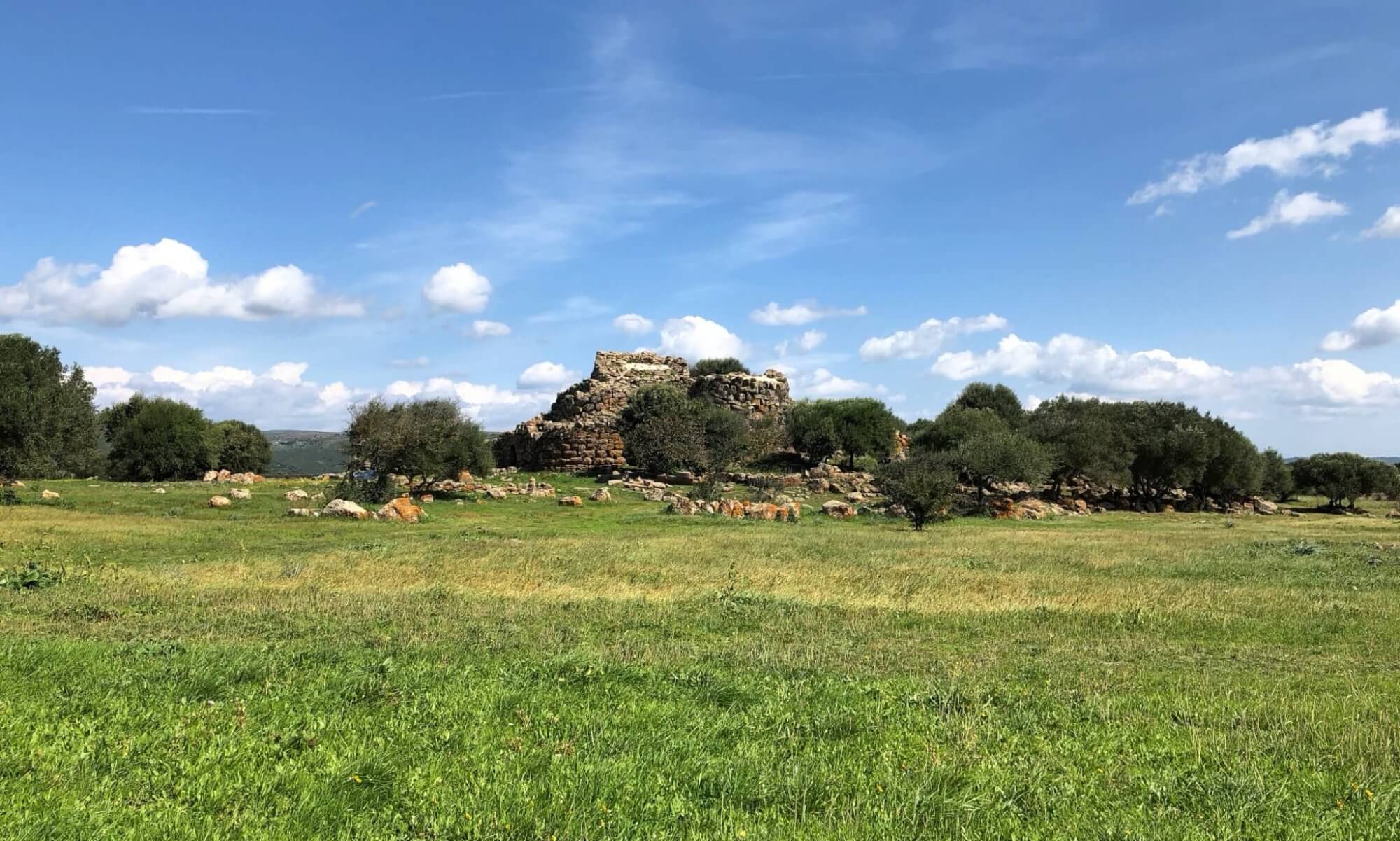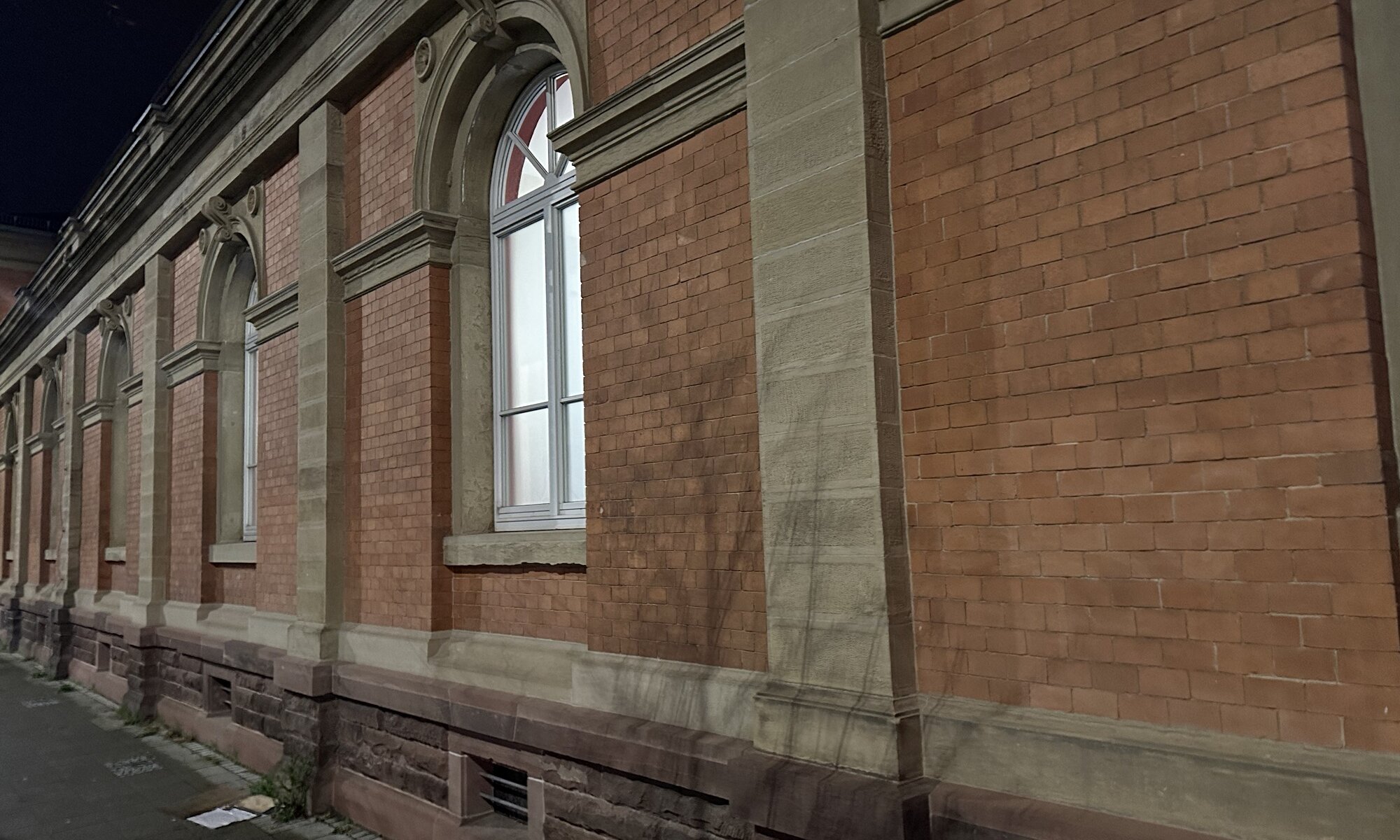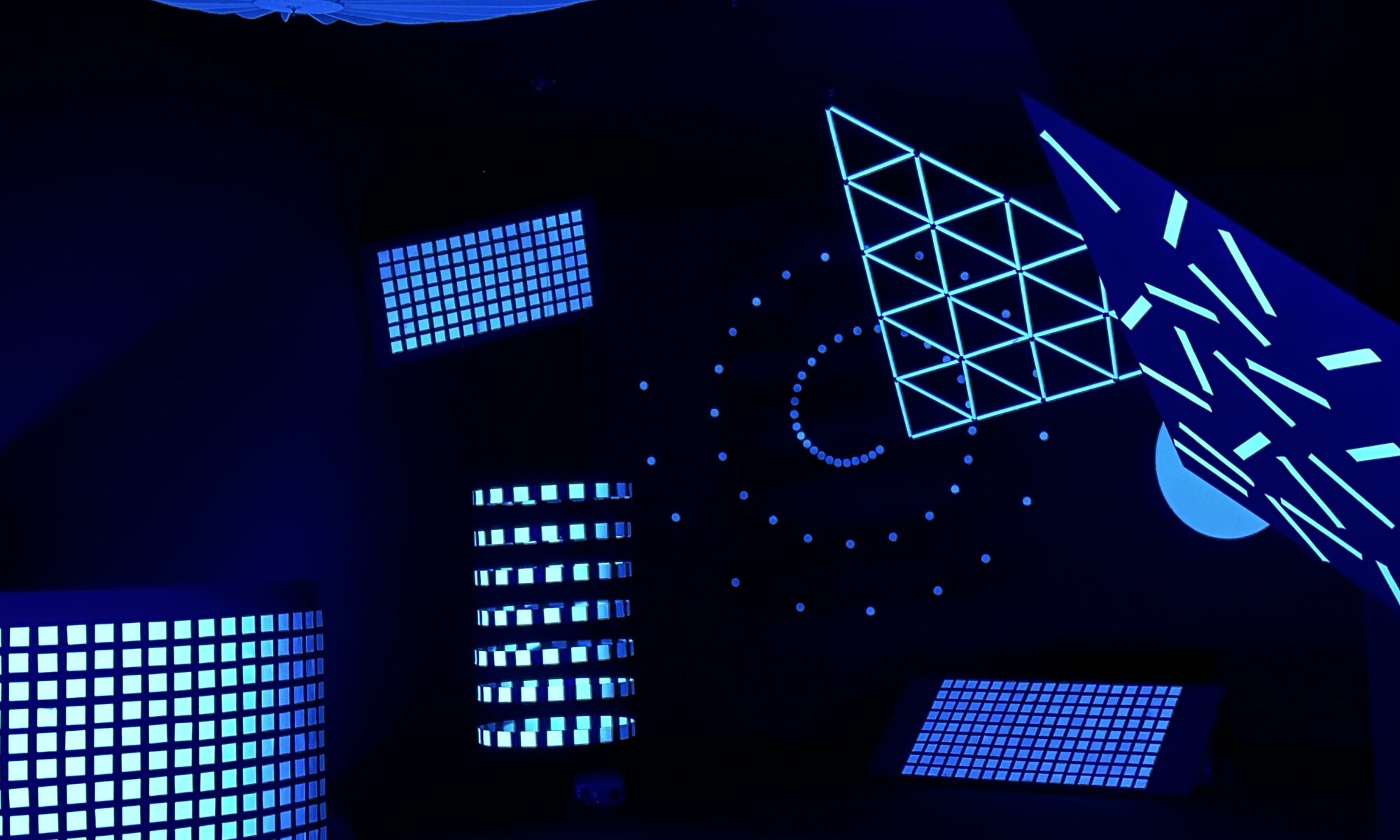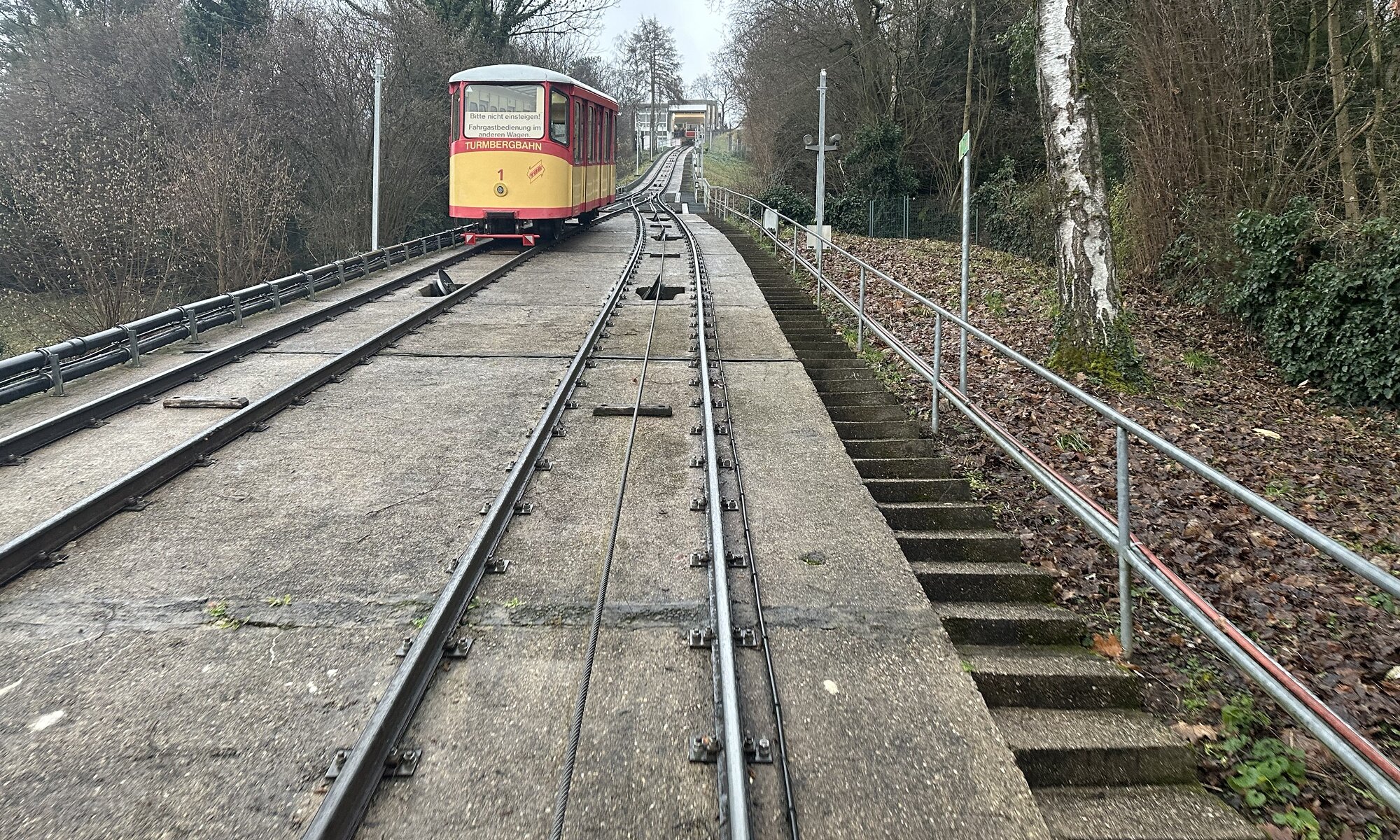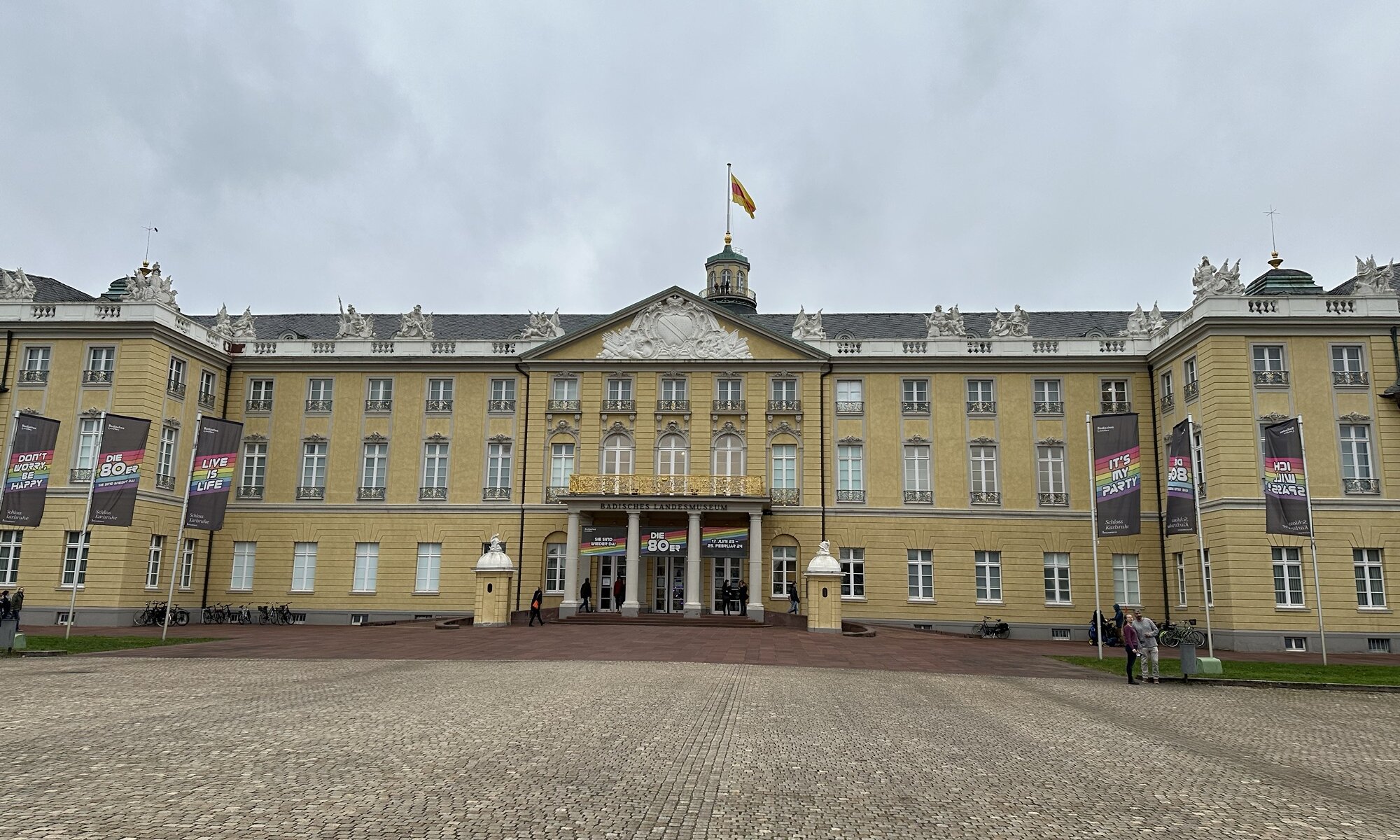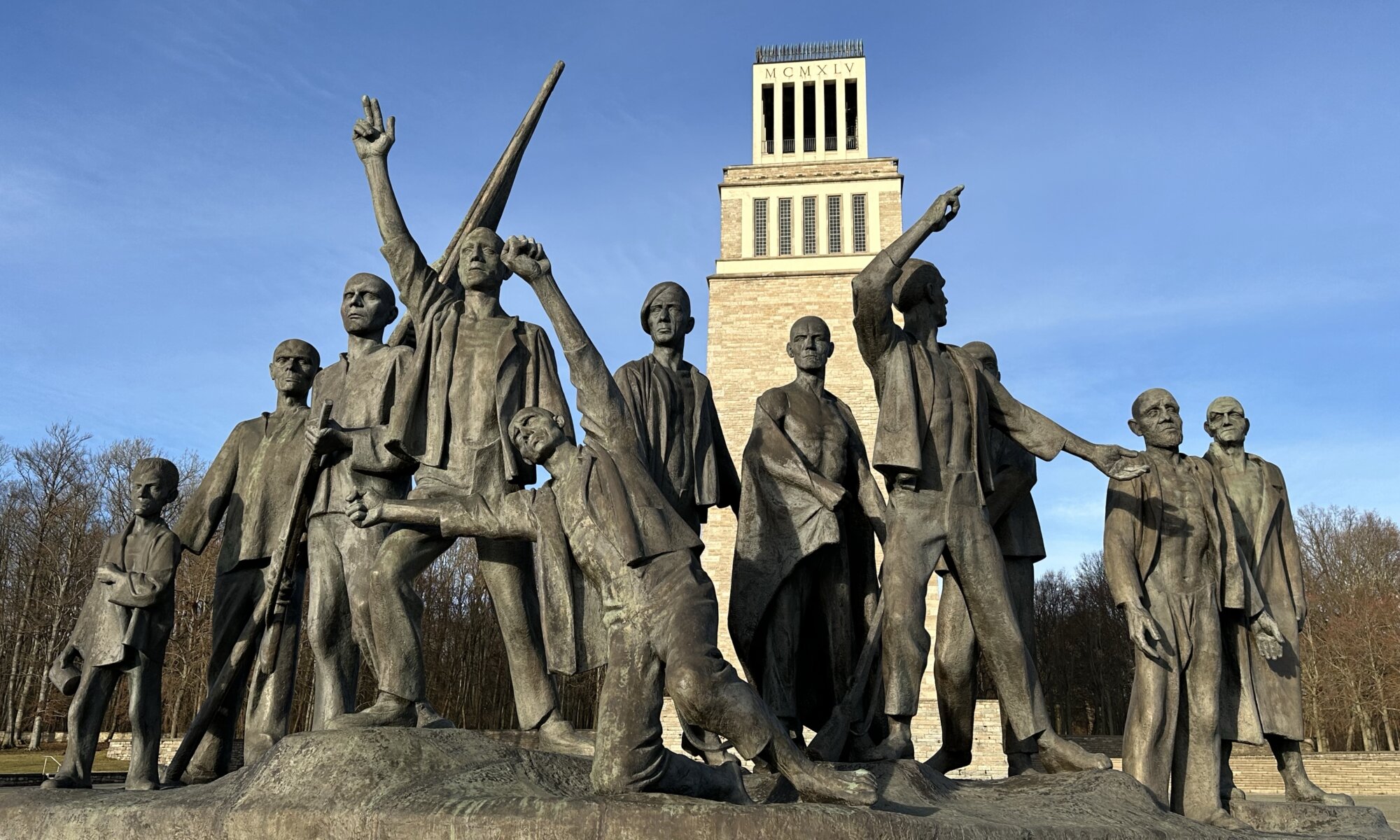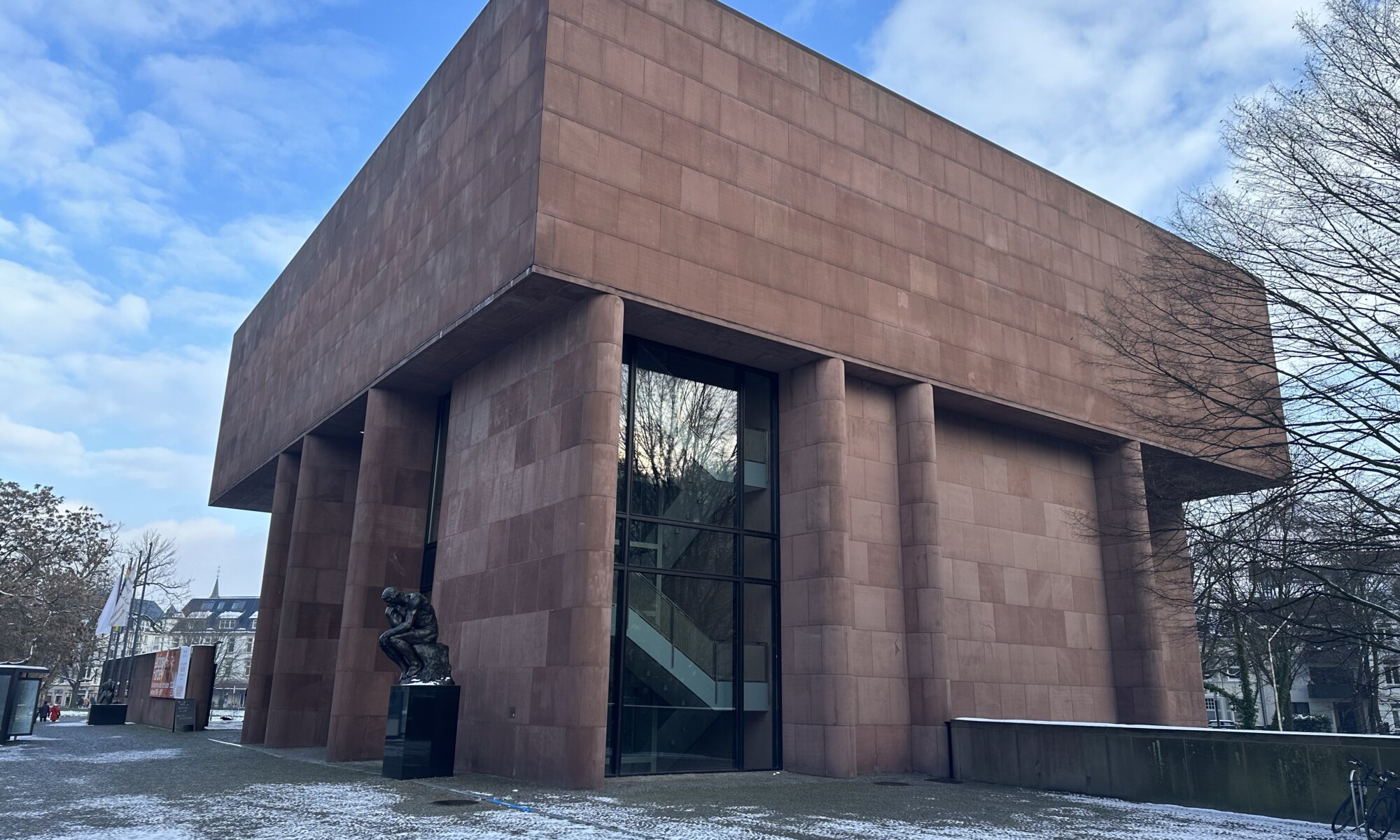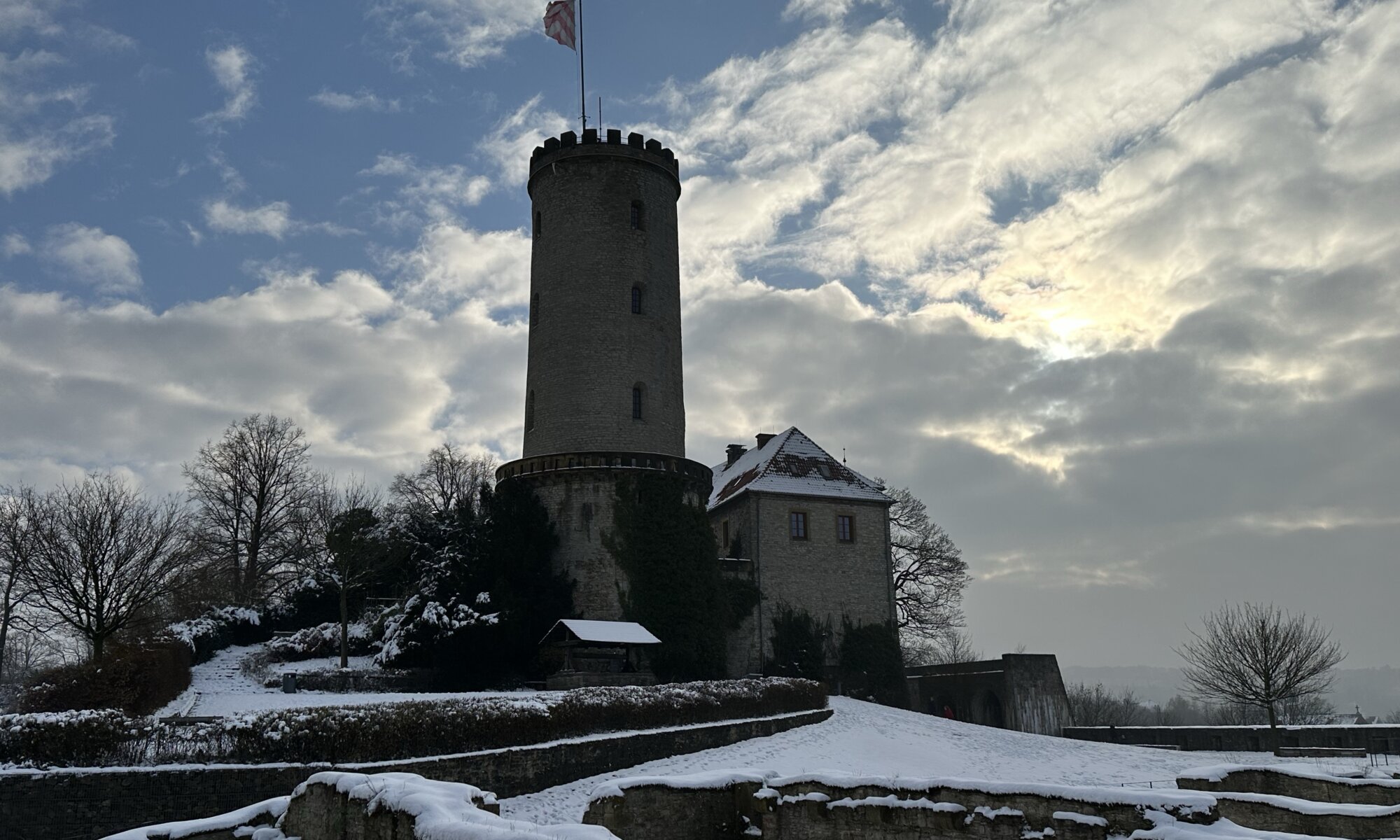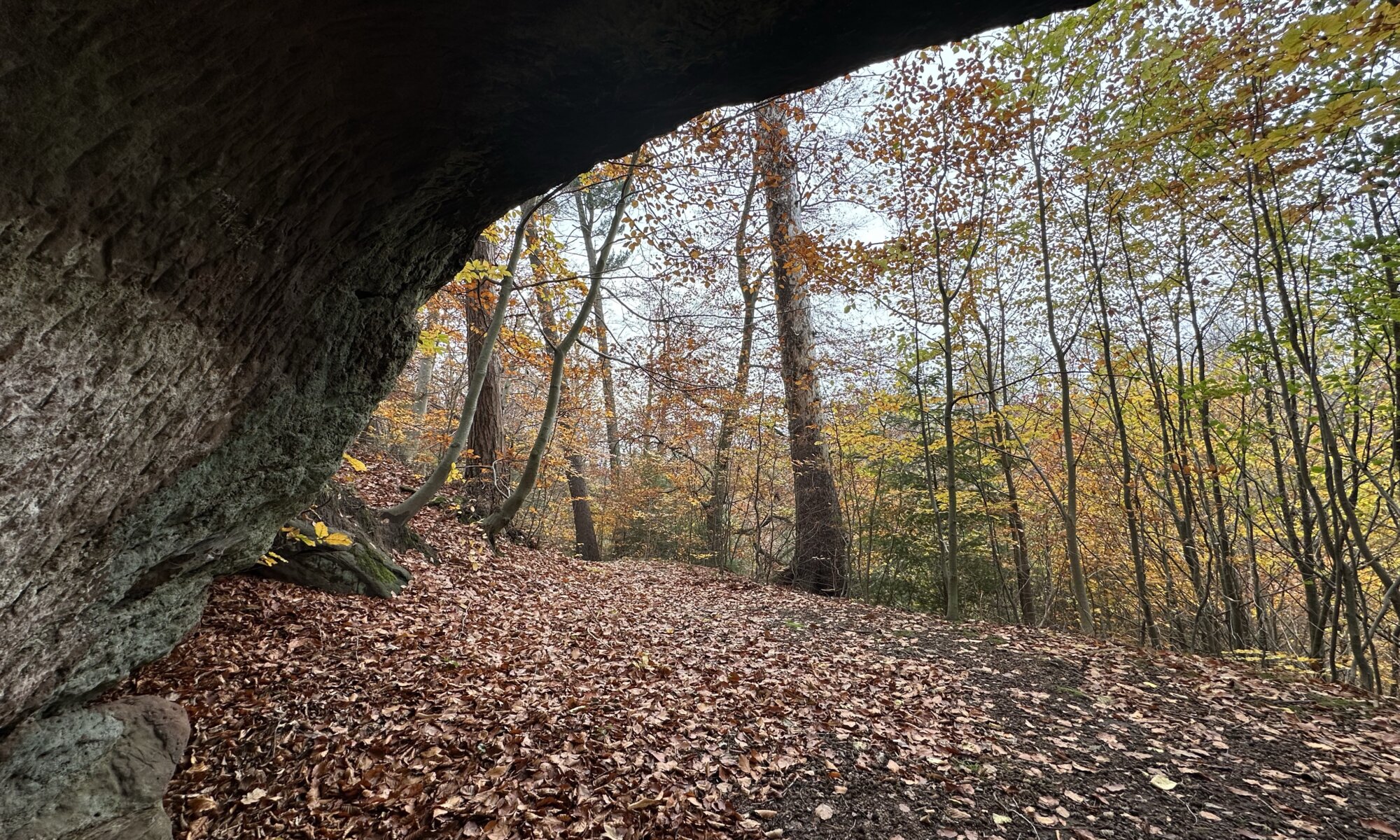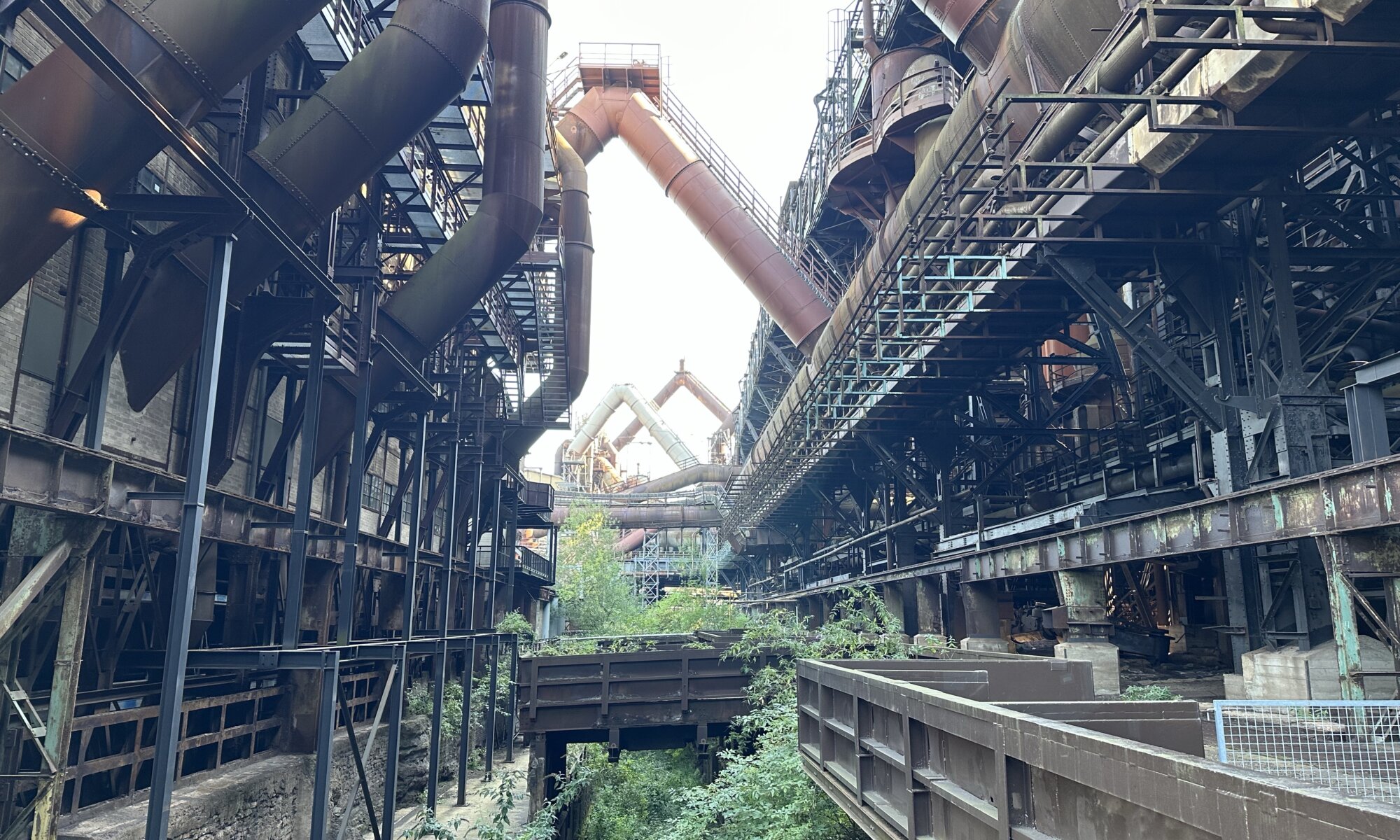The oldest bathhouse of Karlsruhe can be found close to the congress center and the Zoologischer Stadtgarten in a historic building made of red bricks. It dates back to the year 1873 and was realised with money donated by the banker Heinrich Vierordt. When he died he inherited 60,000 Gulden to the city which were planned to errect a market hall – but the sellers on the market of Karlsruhe protested against.
Continue reading “Vierordtbad”ZKM
At the city quarter Südweststadt of Karlsruhe you can find a vast industrial building that was used as an ammunition factory in the past. Since 1989 it is the home of the ZKM, the Zentrum für Kunst und Medien; a fantastic place that is hard to define: it is a museum, an exhibition hall, a scientific institution, an event location – or an indoor playground for people interested in art and media. It shows contemporary art and it preserves digital art. You can play computer games, discover modern art and explore technology.
Continue reading “ZKM”Turmbergbahn
The Turmberg is an only 257 meters high mountain in the city quarter Durlach of Karlsruhe. People get there for hiking, for dining in the restaurant on top or for having a picnic with nice views on the city from the terrace next to the tower. The tower is in fact the last remaining part of the former fortification Burg Hohenberg from the 11th century; it is today used as a viewpoint.
Continue reading “Turmbergbahn”Schloss Karlsruhe
The city layout of Karlsruhe is special: when looking at a map you can see a giant circle in the city center. In its middle you’ll find the castle with the castle tower. From there 32 streets radiate out giving the city the nickname of the ‘fan city‘, the Fächerstadt. The city was founded in 1715 and in that year also the construction works of the Baroque-style castle started. It served as the seat of margrave Charles III William of Baden-Durlach and was a residence until the year 1918 when the Grand Duchy of Baden was abolished.
Continue reading “Schloss Karlsruhe”Buchenwald
German fascism created an extensive network of concentration camps, extinction camps and forced labor sites. Jewish citizens, political opponents, prisoners of war, homosexuals, disabled persons, Sinti and Romani people suffered and died because of the ideology of the German Nazi party supported by the German people. The three major concentration camps on German soil are Dachau (close to München), Sachsenhausen (close to Berlin) and Buchenwald on the Ettersberg mountain close to Weimar.
Continue reading “Buchenwald”Abstraction
The Kunsthalle of Bielefeld is a surprisingly large exhibition hall with a special style: it was built in 1968 in International Style (a modernist architecture style developed in the 1920/30s) by architect Philip Johnson from the United States. It is the only building in Europe designed by him. The Kunsthalle is an art exhibition hall with changing exhibitions, but it also owns an art collection from the 20th century.
Continue reading “Abstraction”Sparrenburg
A high tower, strong fortification walls and casemates cut deep into the 180 meters high Sparrenberg mountain: the Sparrenburg is the most important and most visited sight of Bielefeld. It was built until the year 1250 CE to protect the passage through the Teutoburg Forest in which the city of Bielefeld is located in. The castle was continuously altered over time and adopted to technology changes in warfare.
Continue reading “Sparrenburg”Bürgergrotte
Gottfried August Bürger was a German poet who first studied law at the university of Göttingen. There his attention turned away fast from jurisprudence to literature and he became a writer. His most famous work is called Lenore and received attention even beyond German borders. Today the large street around the city center of Göttingen is named Bürgerstraße after him and a bust of him is standing next to. Probably most inhabitants believe that the street is named after themselves (Bürger means citizen in German).
Continue reading “Bürgergrotte”Wasserdorn
When you’re leaving the main railway station of Mannheim, Germany, to the northeast you’ll reach a nice park with fountains and flowers next to the city center. Main feature of this place is the Wasserturm (or Wasserdorn), an icon of the city. It was the first tower created to assure the water supply of the city and it was built from 1886 on. The tower is 60 meters high and was used until the year 2000 (at least as a reserve).
Continue reading “Wasserdorn”Völklinger Hütte
If you’re interested in industrial heritage you need to visit the Saarland, close to France and Luxembourg. At Völklingen, west of the capital city Saarbrücken, you can discover the historic iron works Völklinger Hütte – an impressive UNESCO world heritage site. It was founded in 1873 and produced iron using continuously improved techniques until 1986. Many parts like the Eisenschrägaufzug (transporting the iron 27 meters up into the melting ovens) date back to the 1910s. And already when you’re standing at the railway station of Völklingen you’re overwhelmed by the vast size of this former factory.
Continue reading “Völklinger Hütte”